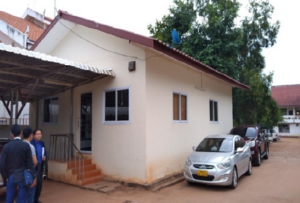 |
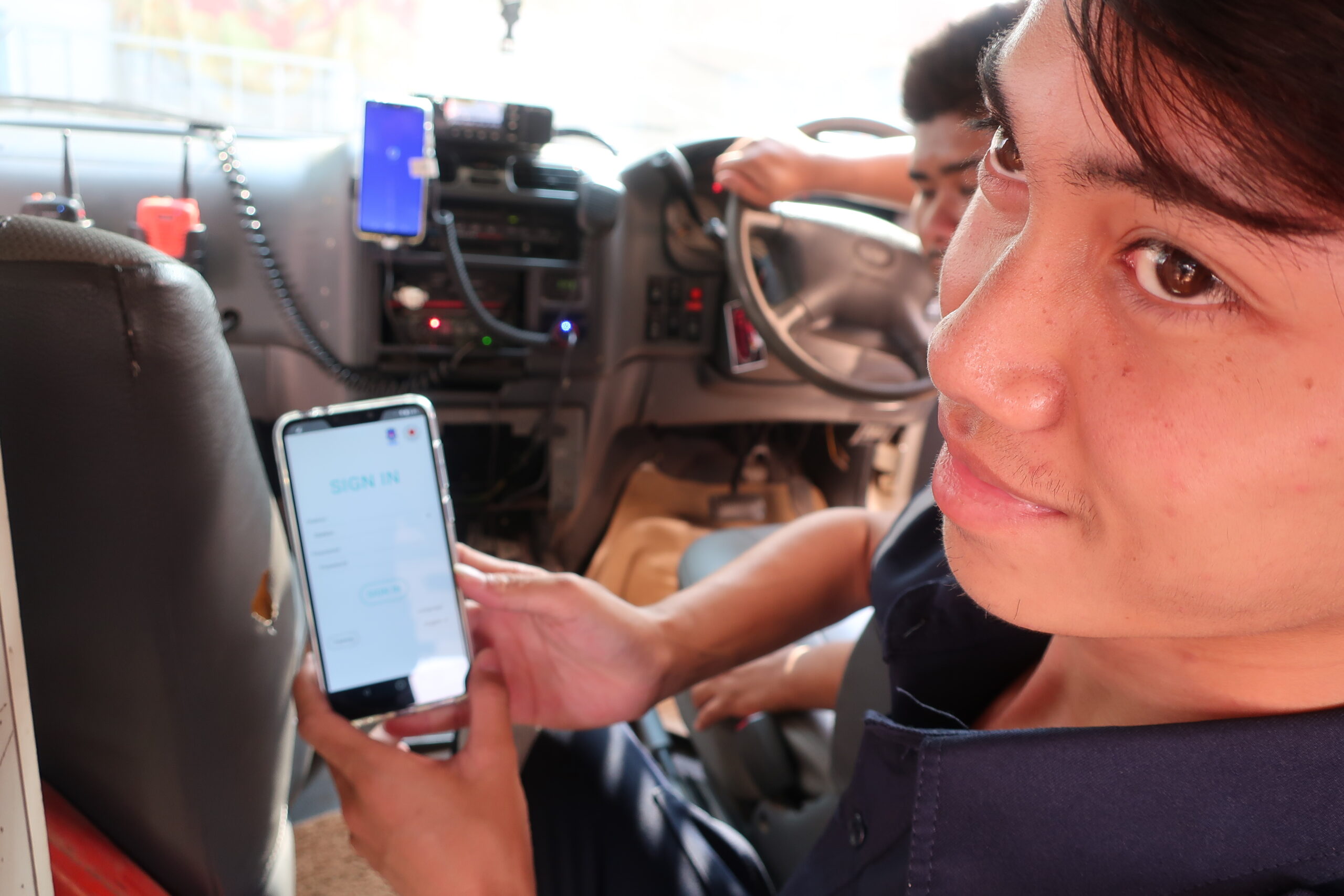 |
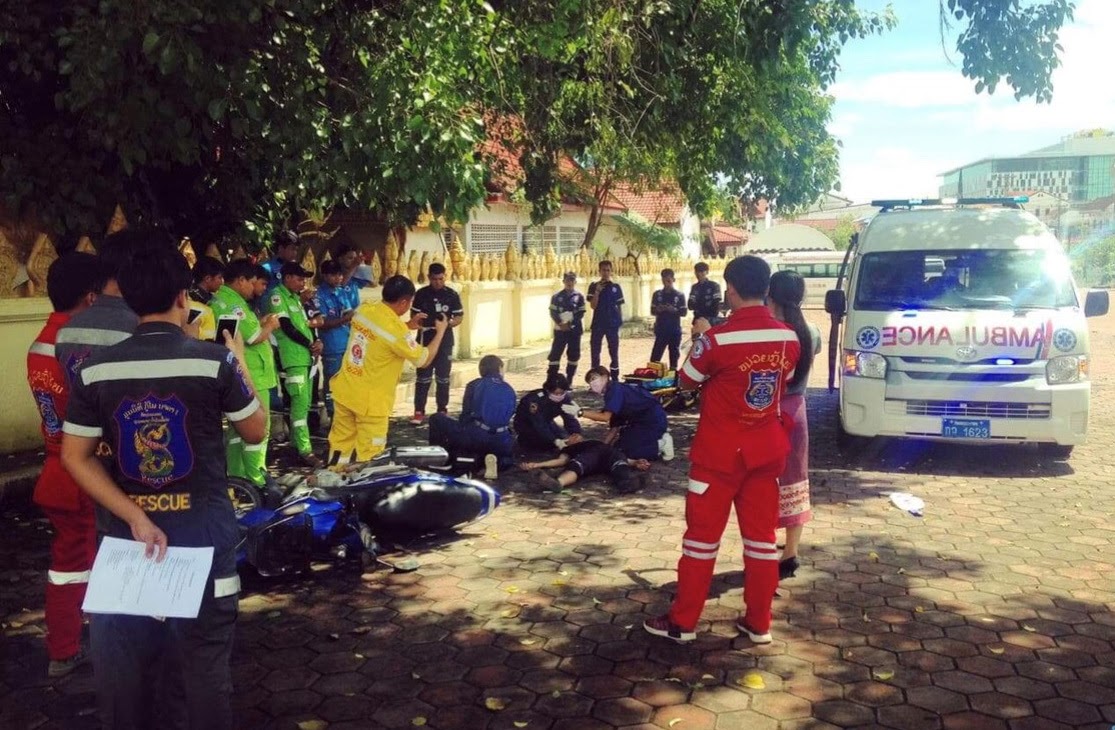 |
| Lao First CCC | ICT on EMS | Training & Education |
|
In Laos, many of the organizations that provide pre-hospital emergency services, which are responsible for transporting people from the scene of an accident to the hospital and providing pre-hospital first aid, are private volunteers. In addition, there are multiple volunteer groups, and each group has a different emergency call number. In some cases, multiple ambulances rush to the same location for a single incident. Therefore, in this project, we endeavored to set up the first command and control center in Laos, which will receive all emergency calls from the residents at one place and give orders to dispatch ambulances. |
In Laos, many of the injured and sick are transported to hospitals without prior notification. Even if the injured person is in a serious condition, there are cases where the hospital is unable to make satisfactory preparations for the patient’s treatment due to the lack of prior notice, resulting in significant delays in treatment. In order to improve this situation, we endeavored to introduce a system that allows the emergency team to enter the treatment and observations they performed before the patient’s arrival at the hospital into a tablet device and share the information with the destination hospital before the patient arrives. | Most of the first responders operating in Laos are civilians with no professional qualifications. Therefore, we aimed to minimize the variation in the services provided by the ambulance corps and improve the services by developing educational courses and standardizing the education in order to continuously develop high-quality ambulance corps. As for doctors and nurses, there are few who have the skills to treat seriously injured or sick patients, and the disciplines of emergency medicine and emergency nursing have not yet become widespread. Therefore, we endeavored to develop human resources to improve the skills of Laotian doctors and nurses in emergency medicine. |
In 2019, we identified three major issues in Laos (as described later). We realized that without fundamental measures, it would be impossible to reduce traffic accident fatalities. We were also deeply moved by the dedication of the young people in Laos who work tirelessly to save lives. Therefore, we set the goal of stopping the increase in traffic trauma deaths in Vientiane, the capital of Laos, and launched the “Project for Stopping the Accident Fatality rise by EMS development and Road safety (SAFER)” with the aim of achieving this goal over the next three years in collaboration with local leaders.
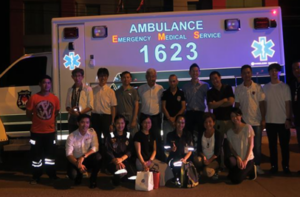
In Laos, there is no pre-hospital emergency service provided by public institutions to transport injured people from the scene of a collision to the hospital. Therefore, injured people must either find their own way to the hospital or rely on volunteer emergency teams formed by local residents. Before the emergence of volunteer emergency teams, many injured people could not reach the hospital and often died on the roadside.
Currently, in Laos, multiple volunteer emergency teams provide pre-hospital services. Many of these volunteers are university students or young people in their twenties, who have come together with the sole aim of reducing roadside deaths. Each team operates mainly on donations from individuals and companies, providing free services to the injured 24 hours a day, 365 days a year.
As of 2021, there are eight teams in operation, each with a different emergency call number. The largest organization, Vientiane Rescue (VR) 1623, consists of about 500 members, has a command center with six fixed dedicated phones and dispatchers, and owns 16 ambulances, handling more than half of all emergency transports in the capital, Vientiane. On the other hand, the smallest organization operates with only a few members, one ambulance, and one mobile phone. There is no standardized education among the teams, and the knowledge and skills of each member vary. Providing high-quality education is urgent, given that their activities involve saving lives.
There are also issues such as communication line congestion due to multiple dispatch lines, inappropriate dispatch of ambulances for emergency calls, and delays in ambulance arrival at the scene. In the future, under the leadership of the Lao Ministry of Health, it is planned to unify the current eight emergency call numbers into 1195 (equivalent to 119 in Japan) and establish the first public command and control center in Laos. This center will receive all emergency calls in Vientiane and dispatch all ambulances in the city.
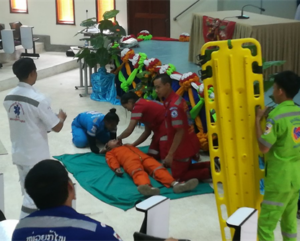
In Laos, the only institution capable of providing specialized trauma treatment is the National Mittaphab Hospital.
As a result, almost all trauma patients in the capital, Vientiane, regardless of the severity of their injuries, are transported to this hospital. Additionally, patients from other provinces who cannot be treated locally are often transferred to this hospital, which can take several days.
The number of doctors and nurses in the emergency department of this hospital is absolutely insufficient compared to the number of patients being transported. When emergency patients concentrate, it leads to chaos. The leading cause of traffic-related deaths is head injuries, but there are only four neurosurgeons at this hospital. The number of other specialists, such as orthopedic and abdominal surgeons, is also overwhelmingly insufficient, and the environment does not allow for satisfactory surgeries.
To solve these problems, it is necessary to not only train healthcare personnel within the hospital but also to effectively utilize resources by having emergency teams select appropriate destinations based on the severity of the injuries, encouraging the transport of minor patients to hospitals other than the National Mittaphab Hospital. For severe patients, it is essential to share information before arrival at the hospital so that necessary resuscitation can begin immediately upon arrival.
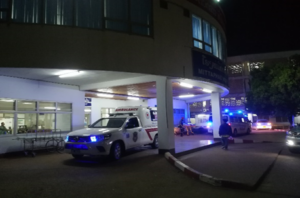
In 2019, the University of Tsukuba and the National Mittaphab Hospital jointly conducted an analysis of 101 traffic trauma deaths over the past year. It was found that more than half of the deaths were in a state where even the most advanced modern emergency medical techniques could not save them, essentially indicating that the only way to save these lives is to prevent the collisions themselves.
This result indicates that to reduce traffic trauma deaths in Laos, it is important not only to enhance emergency medical activities but also to reduce the number of severe collisions that can lead to instant death. Specific measures include identifying locations where severe collisions occur and removing risk factors for collisions, as well as educating local residents about helmet use, drunk driving, and speeding.
Currently, in Laos, the lack of adequate recording of traffic trauma data makes it difficult to accurately understand the locations, times, and causes of collisions. Therefore, it is an urgent task to accumulate and analyze accurate data, reflect the analysis results in traffic safety and road traffic planning, and take actions to reduce collisions themselves.
Lao P.D.R. is a landlocked country in Southeast Asia. It is surrounded by China, Vietnam, Cambodia, Thailand, and Myanmar. The majority of land is occupied by mountain ranges and highlands, and Mekong River flows from the north to south. The population is around 7 million, and the total area covers approximately 240,000 square kilometers. It has lower population density than neighboring countries. Lao P.D.R. is a multiethnic country with 49 recognized ethnic groups, and the largest ethnic group, the Lao are traditionally Theravada Buddhists. The government aimed for graduating from the Least Developing Dountries (LDC) category by 2020, but it is still placed as LDC as of September 2020.
The articles, photographs, illustrations, etc. on this website are protected by copyright law.
Therefore, reprinting, copying, reproduction, translation, etc. without permission of the copyright holder is prohibited by law.
If you wish to reprint, etc., please contact us at the e-mail address below.